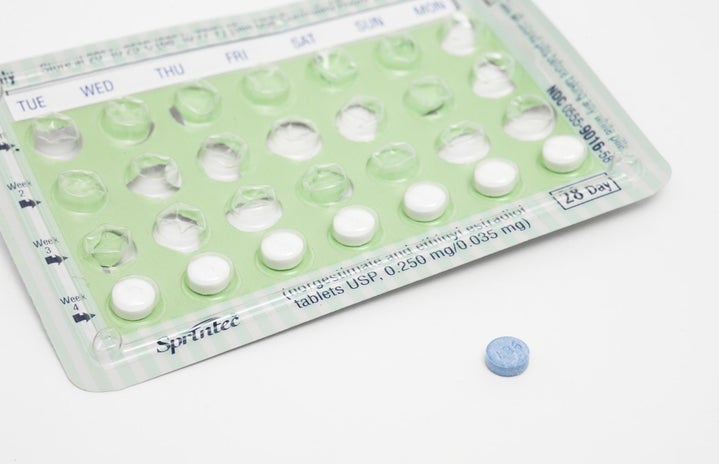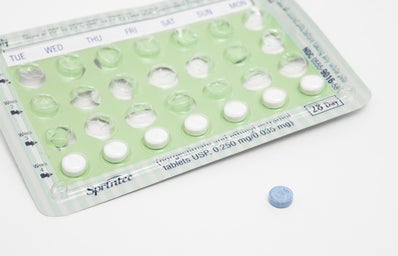#next_pages_container { width: 5px; hight: 5px; position: absolute; top: -100px; left: -100px; z-index: 2147483647 !important; }
The estimated number of people in Canada who are living with HIV (human immunodeficiency virus) is 71,300. For women in their reproductive years (15-19), HIV is the leading cause of death. Around 3,00 women in Canada have been diagnosed with HIV. Worldwide, nearly 34.2 million people have been diagnosed.
If a woman is pregnant and is infected with HIV, there is a possibility that she can transmit the virus to her baby during pregnancy, delivery, and/or breastfeeding. Modern drugs are extremely effective at preventing a mother to child transmission of HIV, and if the mother uses formula rather than breastfeeding her baby and with treatment, the risk of transmission will drop 2%. The drugs that are used to reduce the risk of HIV transmission from mother to baby are known as ARV (antiretroviral) drugs. ARV is the drug that is given to patients living with HIV to prevent them from becoming ill. The most important time for an HIV positive pregnant woman to take ARV’s is during labour. Depending on the case, the mother may be asked to take ARV’s at other times also. It can be difficult on a HIV positive pregnant woman to decide whether or not to take ARV’s for various reasons:
- Her health
- Reducing the risk of HIV being transmitted to her baby
- Possibility of developing ARV side effects
- Possibility of the drugs harming her baby
In recent news, a baby who was affected by HIV of which was transmitted from their mother, has been cured of the virus. The baby was born in Mississippi, and was treated with ARV drugs starting around 30 hours after birth, a procedure not usually done until at least a week after birth. If this procedure shows positive results in other cases of babies with HIV, this procedure will be recommended worldwide. More than 3 million children worldwide, are living with HIV. This is the second case in history, of someone being cured by HIV. The first case involved a patient from Berlin, Timothy Brown, a middle-aged man with leukemia who was given a bone-marrow transplant from a donor who was resistant to HIV. There were five positive tests in the baby’s first month of life. Once the treatment started, the virus levels in the baby’s blood had reduced in a pattern that is common in infected patients. The baby is now two and half years old and has been off drugs for a year with no sign of virus.
The mother, who gave birth in 2010, had not seen a doctor throughout her pregnancy and was unaware that she had HIV. Once a test showed that the mother was infected, the baby was transferred to the University of Mississippi Medical Center when she was 30 hours old. By the time the baby was a month old, the virus levels reduced rapidly with treatment. One hypothesis of how the baby was cured is that the drugs killed off the virus before it could create a hidden reservoir in the baby. The reason why people cannot be cured now is because the virus hides in a dormant state in a way where it is out of reach for existing drugs. Once the therapy is stopped, the virus can come out of hiding.
Unfortunately, treatment is not always as effective worldwide. Women in developing countries are less likely to be treated during pregnancy. In developing countries that lack proper testing, newborns who are infected are usually not treated until 3 weeks after birth.
Individuals should consider getting tested for HIV if they or their partner(s) have ever:
- Had sex, anal or vaginal, without using a latex or polyurethane condom or other protective barriers;
- Had sex while under the influence of alcohol or drugs (you might not have used protection);
- Tested positive for other sexually transmitted infections;
- Shared needles, syringes or other drug use equipment while using drugs, including steroids;
- Had tattooing, piercing or acupuncture with unsterilized equipment.
If HIV is not treated, it can lead to AIDS, which can lead to death. HIV testing is available through physicians at clinics and in hospitals. Some specialized sites offer anonymous testing for HIV, no one other than yourself will have access to your test results. The University of Ottawa Health Services also offers Rapid Anonymous HIV Testing, every Wednesday at 12:30 pm – 4 pm at UCU 203. To learn more about HIV go to: www.aids.gov .
References:
http://www.avert.org/pregnancy.htm
http://www.phac-aspc.gc.ca/aids-sida/info/4-eng.php
http://www.huffingtonpost.com/2012/07/18/hiv-aids-numbers-statistics-worldwide_n_1682936.html
Photo Credits:
http://thejustlife.org/home/wp-content/uploads/2011/06/5833013641_40365073d8_o.jpg
http://www.cochrane.org/sites/default/files/uploads/HIV%20ribbon%20swoosh.jpg
http://i95.photobucket.com/albums/l143/bruisedcreation/afabanner.png
#next_pages_container { width: 5px; hight: 5px; position: absolute; top: -100px; left: -100px; z-index: 2147483647 !important; }

